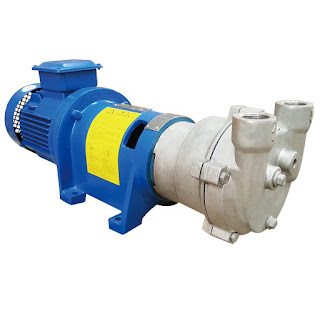Introduction of vacuum carbon tube furnace
Equipment use: Vacuum carbon tube furnace is a high temperature, high vacuum resistance furnace using graphite as a heating element. The maximum working temperature can reach 2000 °C ~ 2400 °C. This series of products are widely used in inorganic materials (such as ceramic seals, silicon carbide, zirconia, zinc oxide, alumina, etc.), and metal materials (such as cemented carbide) sintered in a vacuum or protective atmosphere, can also be used Purification of rare earth elements and their oxides and sapphire annealing treatment. It is also suitable for use in colleges and universities and research institutes for pilot production.
Brief introduction of the structure: The electric furnace is a vertical vacuum electric furnace, which is composed of a furnace cover, a furnace body, a furnace bottom and a vacuum unit. The inner layer of the furnace shell is stainless steel, and the outer layer is carbon steel, and the two layers are cooled by water. The furnace shell is provided with an air suction port, an observation hole, a thermocouple hole, a protective atmosphere inlet and outlet, and an explosion-proof port. The furnace is equipped with a graphite electrode, which is connected with the graphite heating element by a cylindrical surface. One end of the electrode protrudes out of the furnace through a seal. It is an important component for allowing current to pass through the heating element in the furnace. The heat shield is surrounded by a multi-layer radiation screen.
Features:
1. The circuit is equipped with water shut-off, over-current, furnace over-temperature and water over-temperature alarm and protection functions.
2. The furnace is equipped with an inflatable overpressure explosion-proof system.
3. Compact structure and reasonable layout.
4, humanized design, reasonable configuration.
Related Products:
MUFFLE FURNACE PRICE
High pressure gas quenching vacuum furnace
Vacuum furnace




评论
发表评论